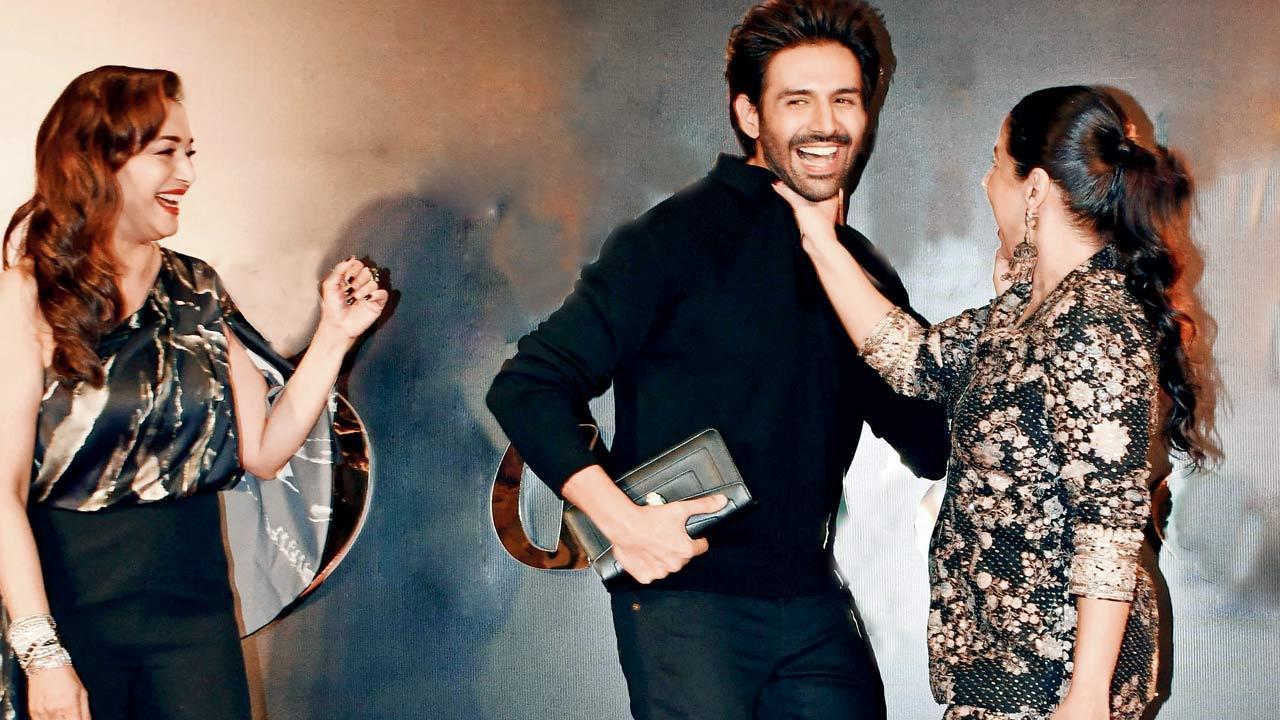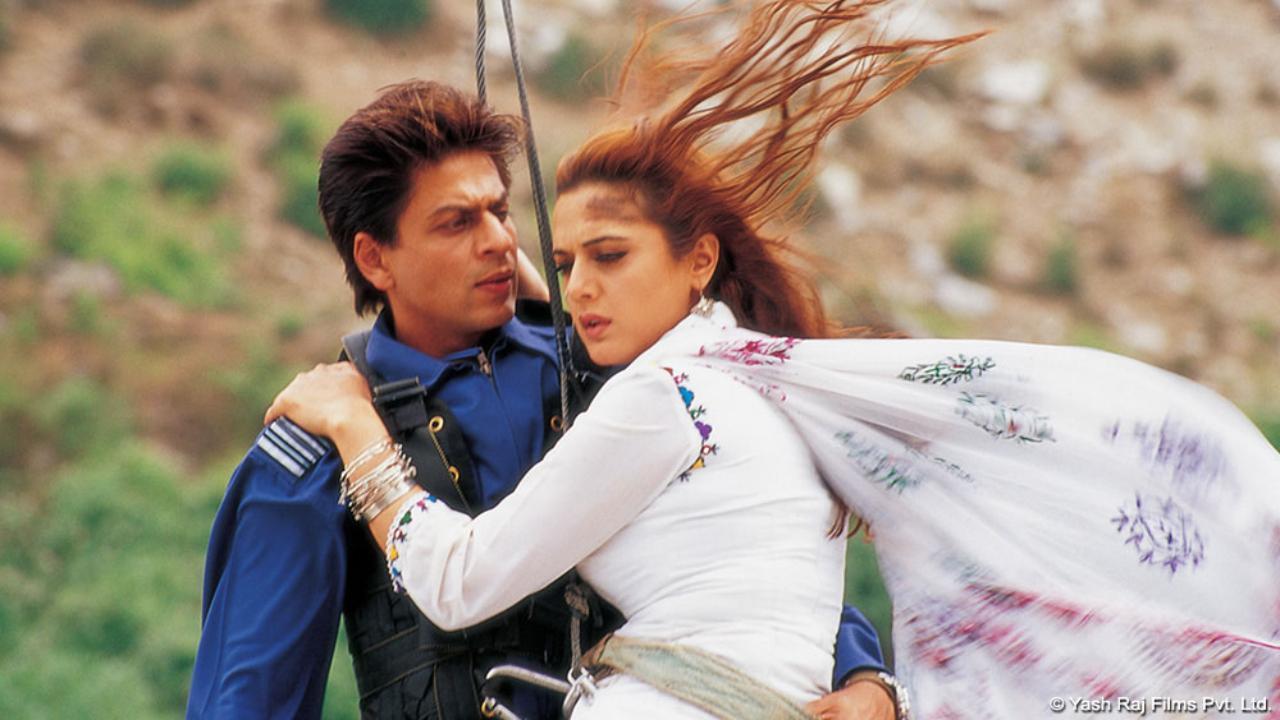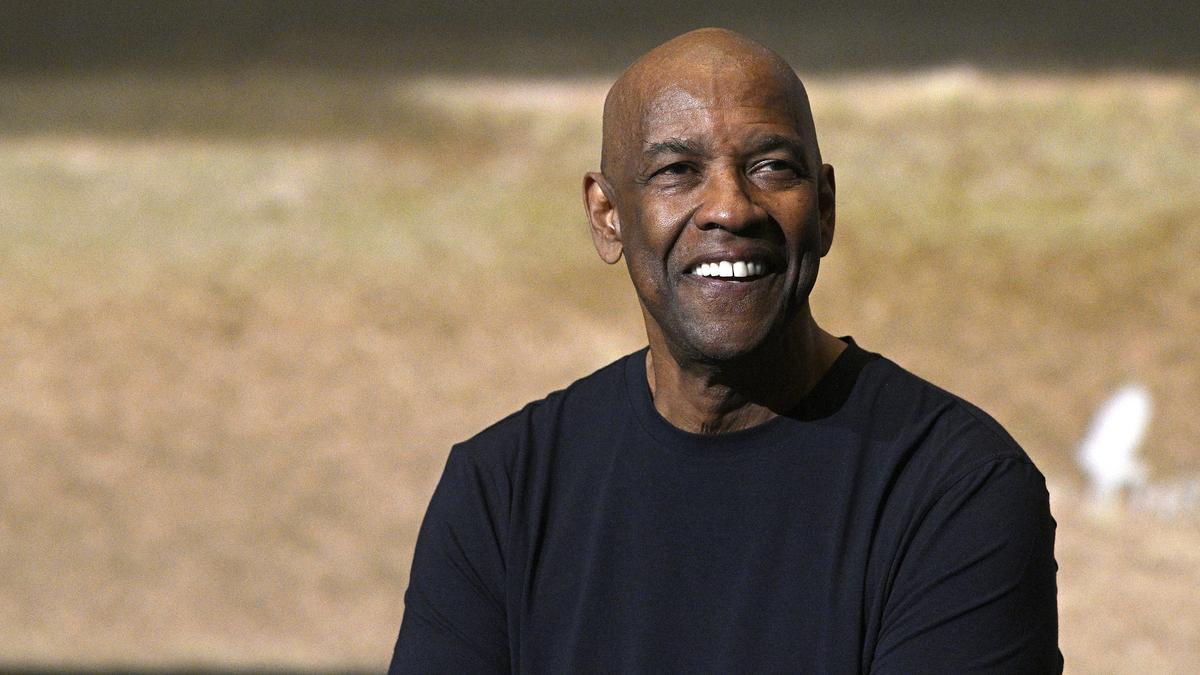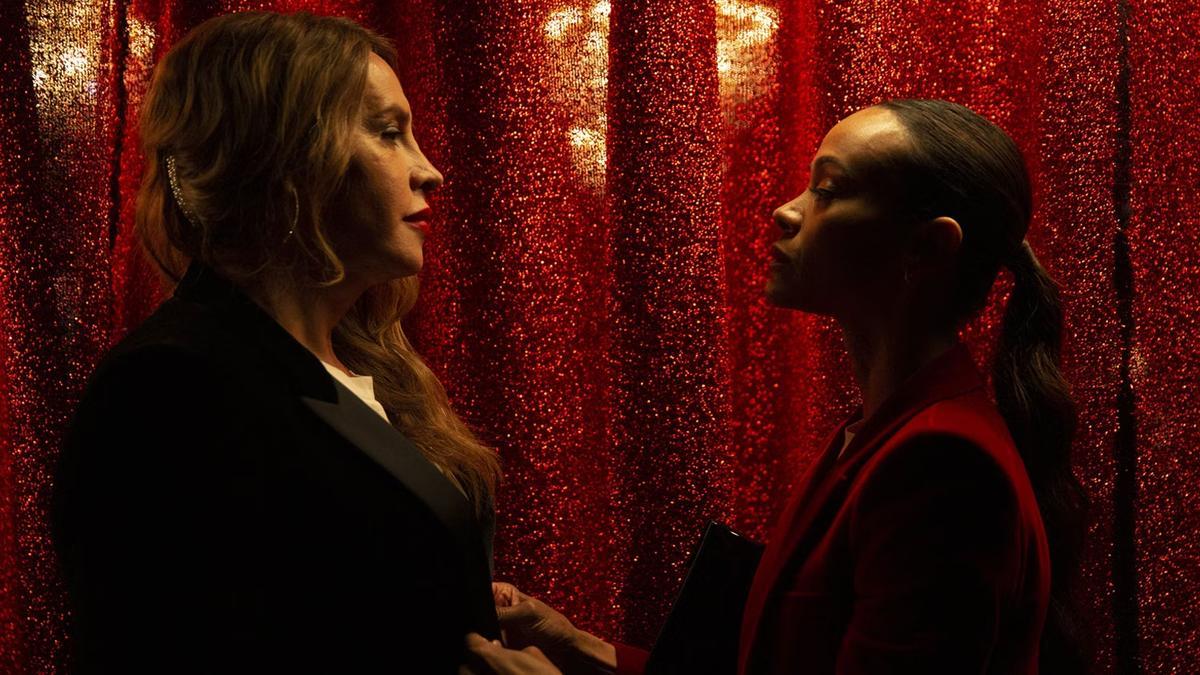
At the prestigious Visual Arts Gallery located in the heart of Delhi’s India Habitat Centre, critically acclaimed artist Ranjan Kaul presents his fifth solo exhibition, ‘Within, Without’. This artistic assemblage, curated by the renowned artist and art critic Georgina Maddox, showcases Kaul’s latest and earlier works, narrating a compelling dialogue on the contours of contemporary society. His recent painting, ‘Phake Neuj’, is a testament to the profound suspension of disbelief that art can evoke — a canvas bustling with nuances and a subtle indictment of the information age in India.
In ‘Phake Neuj’, Kaul portrays a bespectacled senior citizen engrossed in a newspaper, its title a play on phonetics alluding to the spread of misinformation that unfolds as another figure cranes over the newspaper with curiosity. Meanwhile, only the legs of a third persona are visible, absorbed in an IPL match, oblivious to the consequential “breaking news” chyron that flashes unchecked at the bottom of the screen. It’s a tableau vivant that serves as a microcosm for the larger media ecosystem, leaving the spectator in a reflection of muted urgency.
‘Within, Without’ is the culmination of Kaul’s introspections drawn over six years, deliberating the “complexities of contemporary times”. These are not merely artworks confined to the Indian context; rather, they transcend local boundaries to embody narratives that anyone, anywhere could resonate with.
Ranjan Kaul’s oeuvre is heavily laced with elements signifying hybrid identities — a personal trait derived from his own Kashmiri and Marathi lineage. His affiliation to figurative art is evident as he crafts Myrmidons, an intricate watercolour created in 2018, that amalgamates human and animal forms to narrate a story of blind allegiance, reminiscent of the soldiers led by Achilles in the Greek epic, Iliad.
Literary threads weave seamlessly through Kaul’s artistic tapestry. A published novelist and short story writer, his works such as ‘Through the Forest Darkly’ and ‘Silent Realities’ mirror his deep literary inclinations. Though he has taken a step back from writing fiction, his blog dedicated to art and his paintings, which he describes as self-contained short stories, continue to capture the imagination and intellect of his audience.
Kaul’s engagement with literature further blooms in the series inspired by Percy Shelley, the revered Romantic poet. ‘Hope Confronts Anarchy’ (2022, oil on canvas) dialogues with Shelley’s ‘The Masque of Anarchy’. The poem, a historical reaction to the Peterloo massacre and a pioneer in the call for non-violent resistance, resonates through Kaul’s brushstrokes.
‘Within, Without’ also challenges the viewer’s perception of societal norms through ‘Daydreams’, a diptych that juxtaposes the aspirations and harsh reality of a Dalit man’s life. In one panel, he is seen poised and reading the Constitution of India, while the other exposes the grim truth of manual scavenging — an abhorrent practice prevalent in India, often relegated to the lowest castes.
Kaul’s diverse background, spanning an engineering degree from IIT Kanpur, a master’s in English literature, and postgraduate studies in product design, coupled with his tenure at Oxford University Press India, imbues his art with multifaceted perspectives. His art transcends mere visual appeal — it probes beneath the surface, compelling viewers to confront the oft-ignored realms of society.
The exhibition is not just a creative display but an invitation to engage with the unsung narratives, the silent spectacles that shape our world. ‘Within, Without’ welcomes the discerning and the curious until March 31st, after which it relocates to Urban Fringe in Okhla Industrial Estate from April 12th to 22nd, continuing to unravel untold stories through a palette of emotions, social commentary, and a touch of the aesthetic sublime.
As ‘Within, Without’ captures the imagination of the art world, Kaul continues to use his canvas as a forum for dialogue, inviting us to reflect, critique, and maybe, to dream of change.










